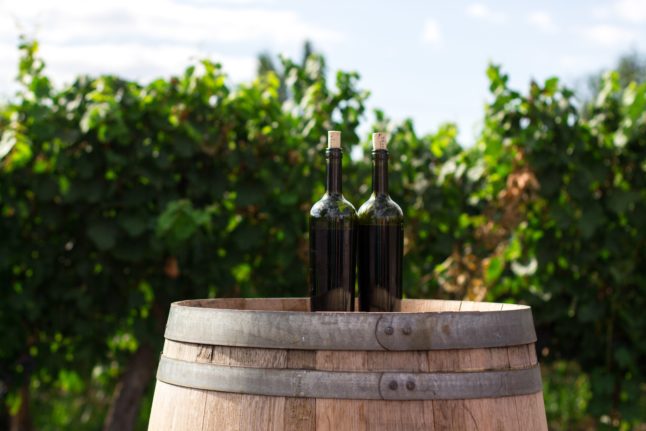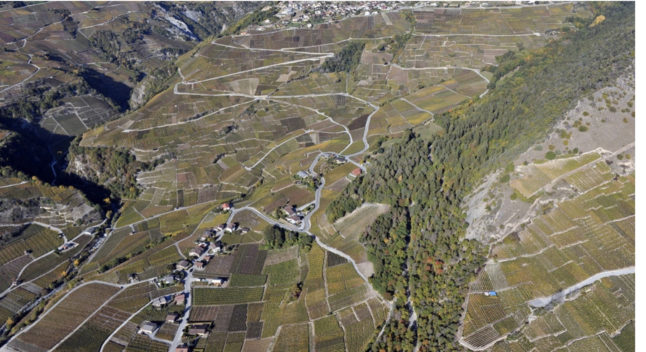First detected in the canton in 2011, the suzukii fly has this summer caused “significant losses” on apricots, the canton’s agriculture department said in a statement.
The fruit fly primarily attacks the luizet variety of apricot, which is the basis of the Swiss schnapps abricotine.
Up to 300 tonnes of luizet have been destroyed this summer, some 10-20 percent of the total harvest, reported news agencies.
In total up to 500 tons of fruit across all varieties have been lost to the fly, out of a total harvest of 9,000 tons.
The suzukii fly destroys the fruit by piercing the skin and laying its eggs beneath the surface. Bacteria then infects the fruit, which quickly turns rotten.
Each fly can lay around 300 eggs, meaning the population grows rapidly, biologist Pauline Rochoz-Pilon told a press conference.
Since the suzukii was first detected in the Valais the canton has put a number of measures in place, including traps and tests, to prevent its numbers spreading and to better understand its behaviour.
Now the agriculture department will allocate two additional staff members to the challenge in order to “reinforce surveillance in the battle against these new attackers and illnesses that threaten crops,” it said.
It is also recommending farmers maintain strict hygiene measures to prevent the spread of the fly, including disposing of all fallen, overripe fruit in a manner which kills the flies and eggs, instead of composting.
Some 98 percent of all Swiss apricots are grown in the Valais, whose sunny microclimate and sandy soil make it ideal for fruit growing.
Orchards are spread over 680 hectares of land along the Rhône valley, and stalls selling the sweet fruit are often seen on the roadside.
The suzukii fly also attacks grapes and in 2014 caused moderate loses to winegrowers.
In its statement Valais’s agriculture department said winegrowers should only resort to using pesticides if the number of flies goes above a certain threshold.




 Please whitelist us to continue reading.
Please whitelist us to continue reading.
Member comments